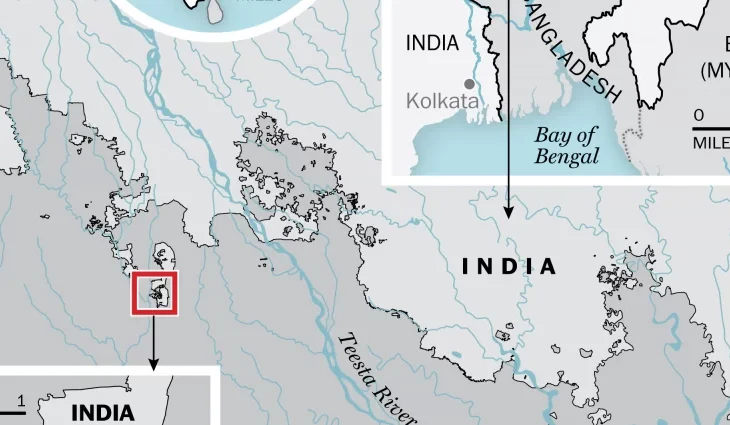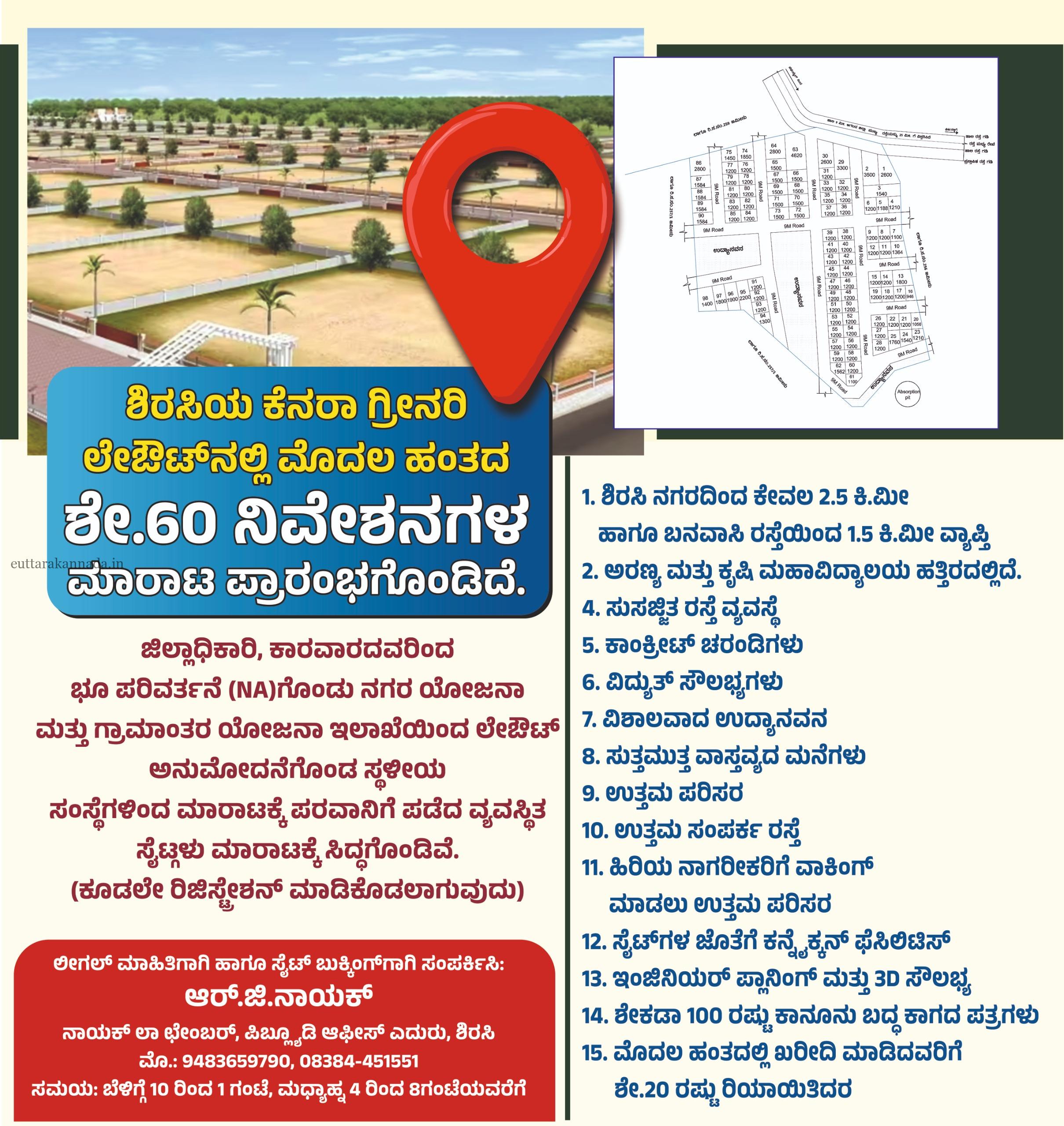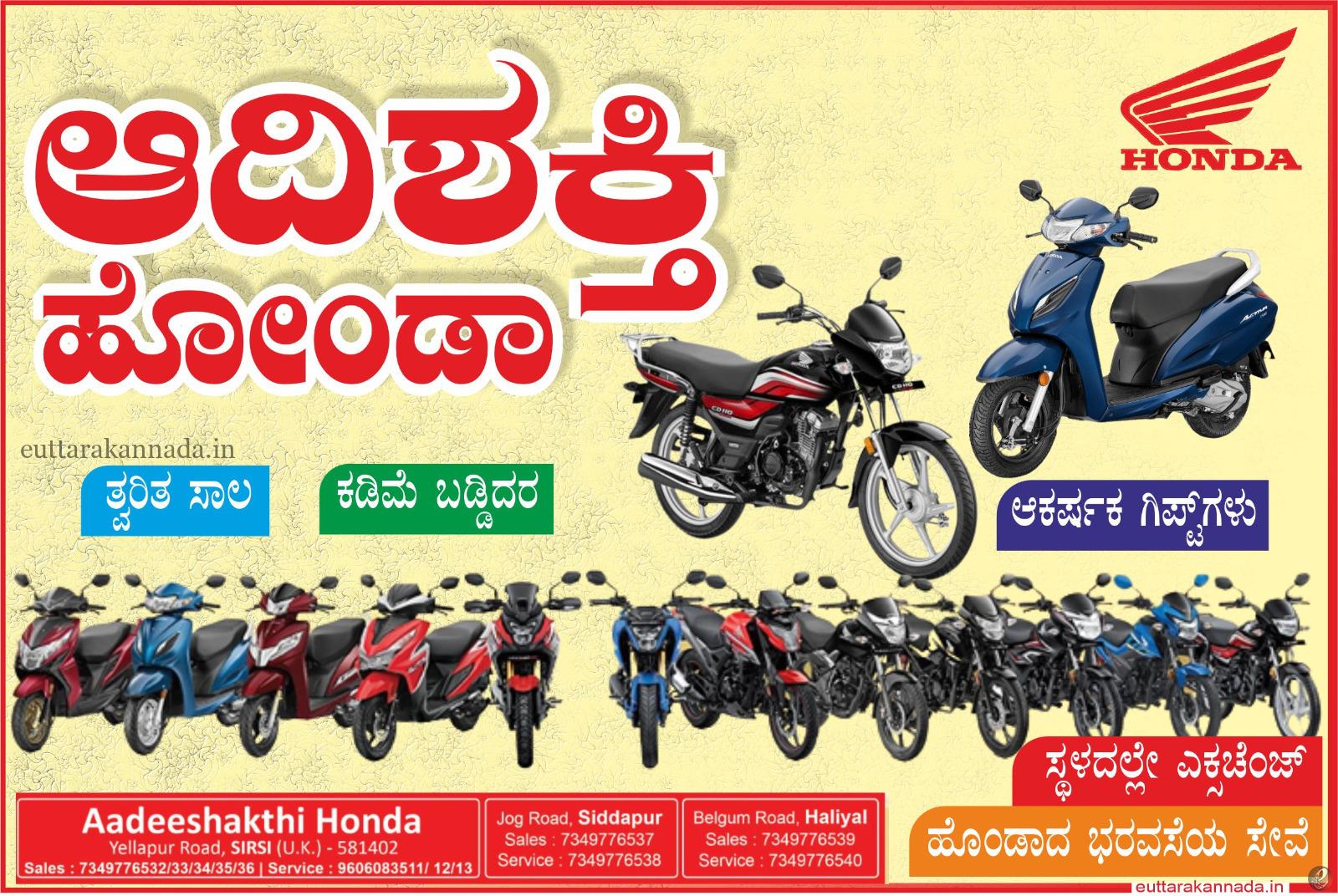eUK ವಿಶೇಷ: There was also a weird case of partition that happened between East Pakistan (now Bangladesh) and India in the Cooch Behar region (Siliguri). Both countries had enclaves in each other’s territories. Not one but 198 such enclaves were submerged entirely in another nation’s territory and inhabited by 51,549 people. 37,334 lived in Indian enclaves within Bangladesh, while 14,215 lived in Bangladeshi enclaves within India. Bangladesh had 102 Indian enclaves, which in turn had 21 Bangladeshi counter-enclaves, while India had 71 Bangladeshi enclaves, which, in turn, had three Indian counter-enclaves.
In Bengali, these enclaves were called chitmohol or chitts, representing a chit of paper. Origins of these chitts go back to gambling or chess matches between Raja of Cooch Behar and Maharaja of Rangpur. Whenever they lost, they traded each other’s properties just by signing on a chit of paper and thus ended up creating such enclaves in each other’s territory. Thus, the word ‘Chitmohol’ came into practice, signifying the houses built on a chit of paper. It happened way back in the Mughal period but continued under the British.
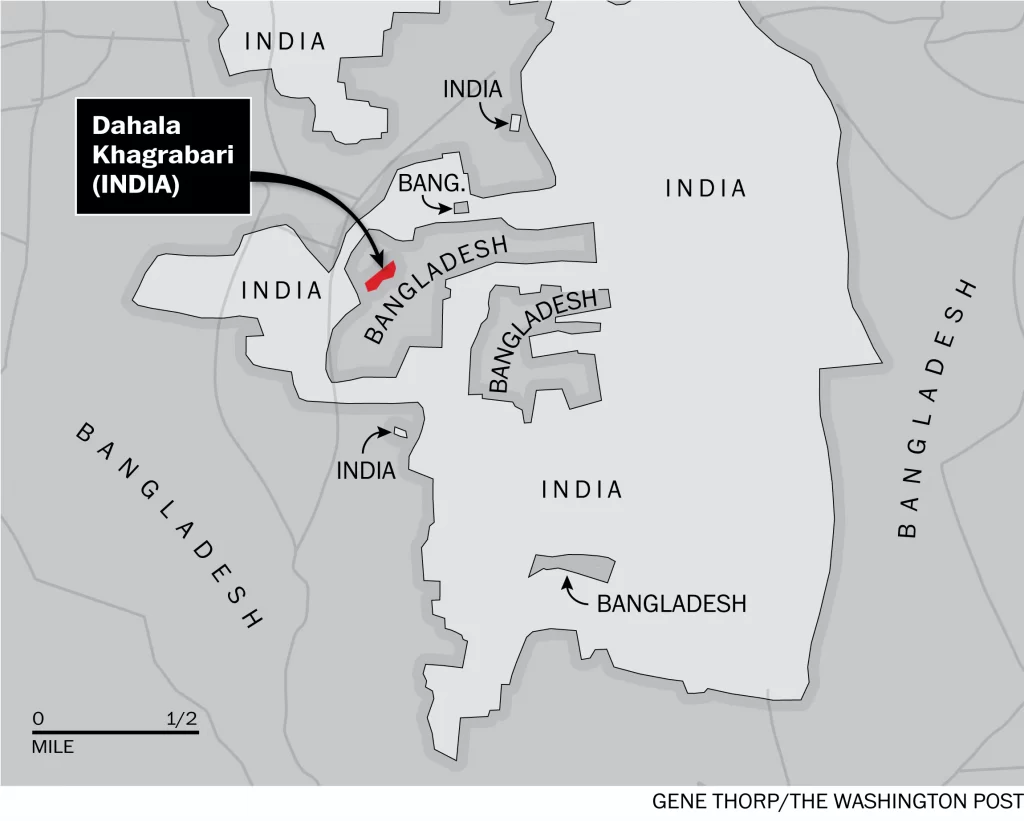
To be fair to the British, this is not a unique case in the world. Europe is full of such enclaves; Spain has many French enclaves and the Netherlands in Belgian territory, but they are not enemies. The situation between East Pakistan and India, however, was quite different.
Such enclaves became the den of criminals, smugglers and terrorists who used such territory to launch unlawful activities in India. On top of this absurdity, there is a third-order enclave named Dahala Khagrabari, which is, in effect, a counter-counter enclave with an area of only 1.7 acres, unique in the world. Only one person was occupying the enclave. From here, an Indian citizen wanting to go to the Indian mainland, which is just six miles away, has to cross the borders four times—from India to Bangladesh, Bangladesh to India, India to Bangladesh and finally, Bangladesh to the Indian ‘mainland’. However, this madness was put to an end in 2015 when the enclaves were exchanged, causing India a net loss of 15 square miles of land. Dahala Khagrabari finally went to Bangladesh.
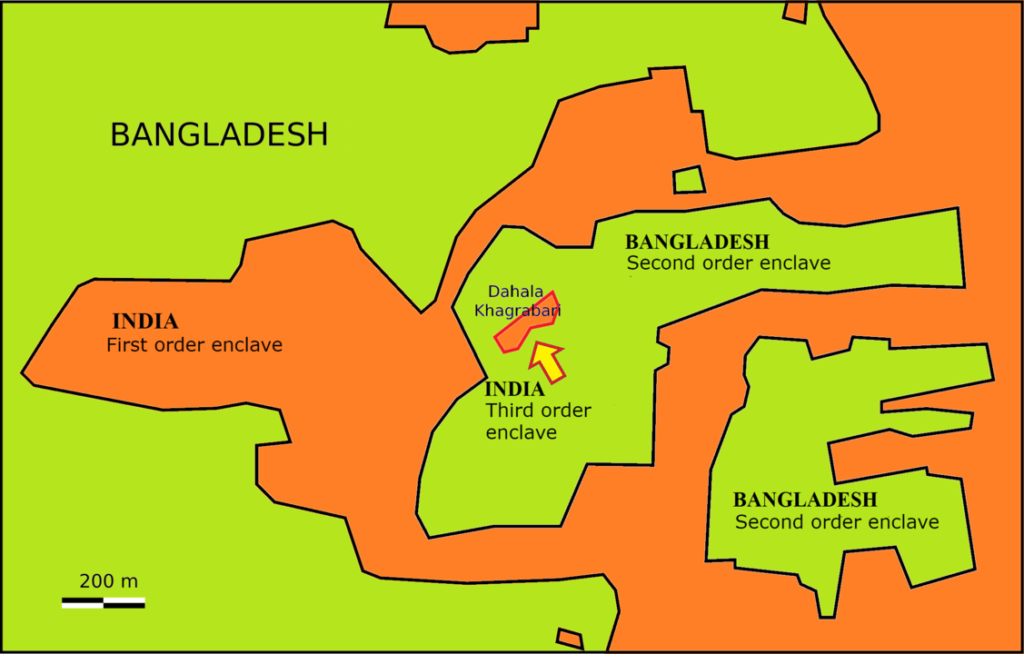
The absurdities of man-made constructs were not appreciated by nature at all. The weirdest victims of partition were the inhabitants of Chars, the mid-river islands in the River Brahmaputra, and they numbered up to a whopping 2.5 lakhs. Life in the char depends on nature’s vagaries; during the monsoon, the islands are regularly submerged in the river. After every monsoon, their position shifts forward and backward across the international riverine border. Thus, Indian citizens of Assam frequently find themselves in Bangladesh and vice versa. The problem remains unsolved unlike that of enclaves, and the islands have become a den of Islamic terrorists. In contrast, just a hundred kilometres away, the border with Hindu-majority Nepal remains open and peaceful even without any patrolling.
ಕೃಪೆ: http://bharatvoice.in




